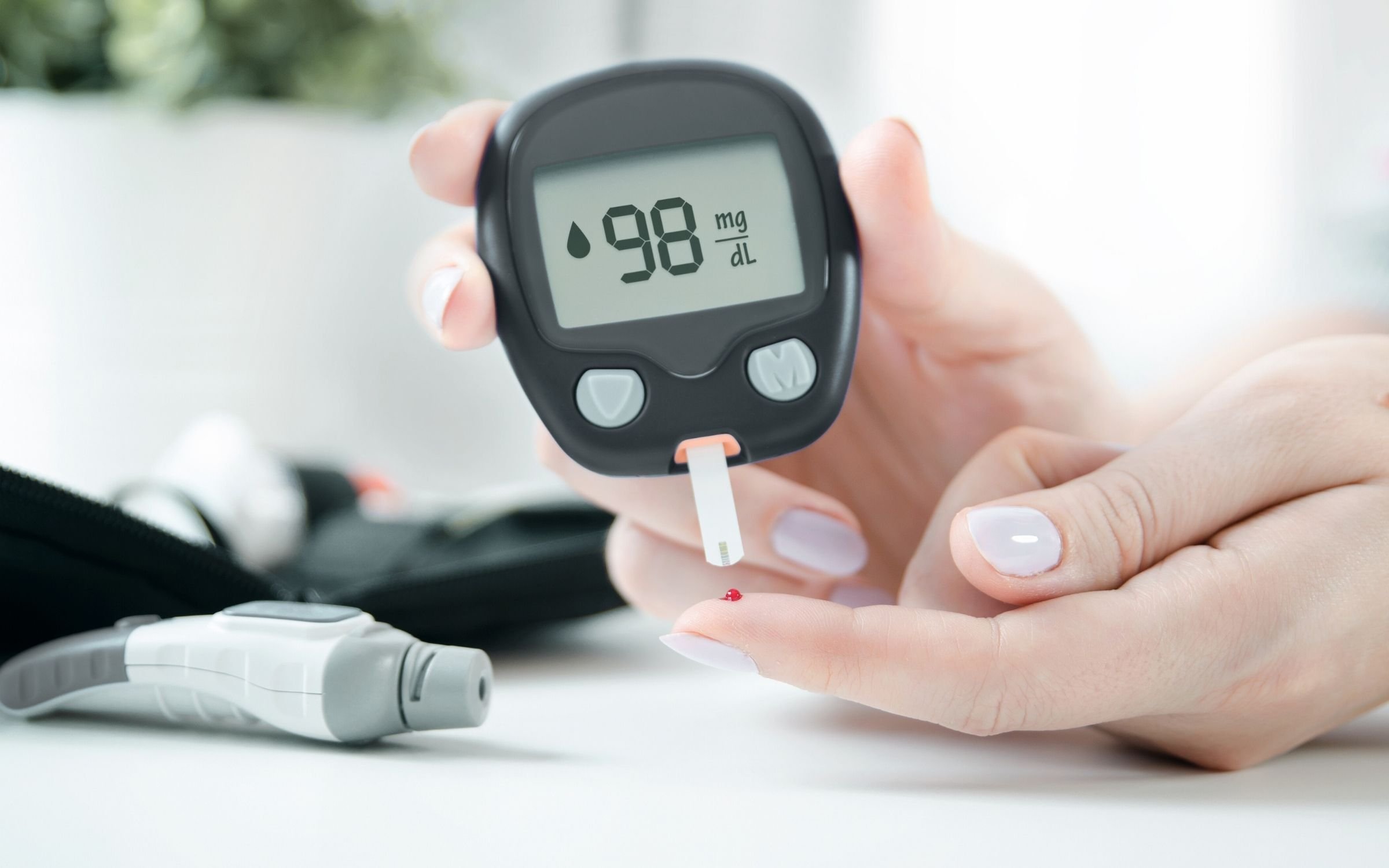How to Be More Physically Active Every Day (Even If You’re Super Busy)
Too busy to work out? You're not alone. Learn how to be more physically active even with a demanding schedule.
Between work, family, and everything else life throws at you, it can feel almost impossible to find time for exercise. But staying active doesn’t have to mean long workouts or joining a gym.
Here’s how to be more physically active in ways that actually fit into your day-to-day life. Want to learn more about online wellness coaching at Haven Wellness Coach?
Staying active doesn’t mean you have to go to a gym or run a marathon. A comfortable walk outside is a great way to add more movement into your day.
Build Movement Into Your Routine
You don’t need to overhaul your life. Look for pockets of time you already have, and add a little movement.
Take the stairs instead of the elevator.
Walk around during phone calls or meetings.
Do squats while brushing your teeth or waiting for the microwave.
Park farther away at stores or work.
Stretch while watching TV.
Do calf raises while waiting in line.
Tip: Set a reminder on your phone every hour to stand up and stretch or move for 2 minutes.
Count Everyday Activities
Not all physical activity has to look like a workout. Cleaning, gardening, running errands, or playing with your kids? It all counts.
Vacuum at a brisk pace.
Carry groceries in multiple trips for extra steps.
Dance while doing dishes or folding laundry.
Rake leaves, shovel snow, or do yard work.
Wash your car by hand.
Take your dog for an extra walk.
The key is to stay intentional about moving more during tasks you already do.
Make It Mental Health-Friendly
Movement is powerful for managing stress, anxiety, and burnout. If you're struggling to stay motivated, focus on how activity helps you feel, not how it makes you look.
Take a gentle walk to clear your head.
Try stretching or yoga to ease tension.
Use music or a podcast to make it more enjoyable.
Do a few yoga poses before bed to relax.
Take movement breaks during the workday to reset.
Reminder: You don’t have to go hard to get benefits. Even a few minutes can help reset your mood.
A little stretching or yoga poses is a great way to reset your mood and help you relax.
Plan Ahead (Even Just a Little)
Scheduling movement can make it easier to stick with. Treat it like any other important appointment.
Block time in your calendar for short activity breaks.
Keep sneakers in your car or at your desk.
Invite a friend or coworker for accountability.
Use a checklist or app to track your activity.
Prep a 10-minute workout playlist.
Lay out your workout clothes the night before.
Think of movement as part of your self-care, not a chore.
Keep It Simple + Celebrate Progress
Consistency matters more than perfection. Instead of stressing about how much you should do, start where you are.
Aim for progress, not perfection.
Celebrate small wins (like choosing to walk instead of drive).
Build a habit by linking activity to something you already do.
Track your streaks with a simple habit tracker.
Reward yourself for showing up (a relaxing bath, a favorite show).
Over time, these small shifts add up to real changes in your energy, mood, and overall health.
It’s important to celebrate your activity progress, and a relaxing bath is a great way to do this!
FAQs
-
Even 10 minutes a day can make a difference. The goal is to move more, sit less — and build up over time. Here’s the CDC’s recommendation for physical activity.
-
Absolutely. Walking is one of the most underrated forms of exercise. It supports heart health, mood, and energy levels.
-
Try short bursts of gentle movement (like stretching, walking, or dancing) to re-energize. It can actually help with fatigue.
-
Nope! Everyday activities like cleaning, gardening, or even playing with your kids all count.
-
Start with what feels good — not what you “should” do. Track small wins and remind yourself it’s about feeling better, not being perfect.
Key Takeaways
Knowing how to be more physically active doesn’t mean doing everything perfectly. It means finding what works for you.
Start small. Keep it simple. Celebrate every little win. You’re doing better than you think.
You don’t need a gym or long workouts to be active — small steps count.
Everyday tasks like cleaning and walking are legit forms of physical activity.
Movement helps with more than fitness — it boosts your mood and reduces stress.
Planning ahead makes it easier to stick with healthy habits.
Celebrate consistency and small efforts. They truly add up!
About Haven Wellness Coach
Haven Wellness Coach offers real-life health coaching for people who are ready for change — but don’t want the pressure of perfection. Whether you're feeling stuck, stretched thin, or just need support you can trust — we’re here for you with simple, down-to-earth coaching that fits your real life. Get in touch!
Hi, I’m Priya — founder of Haven Wellness Coach. I help real people manage stress, build better habits & live well with diabetes.
No judgment. Just simple, supportive coaching that fits your real life.










